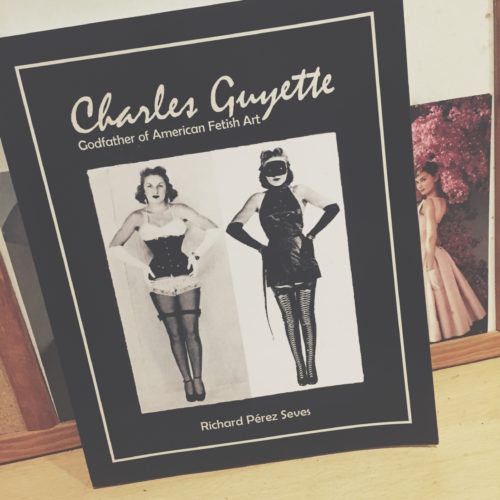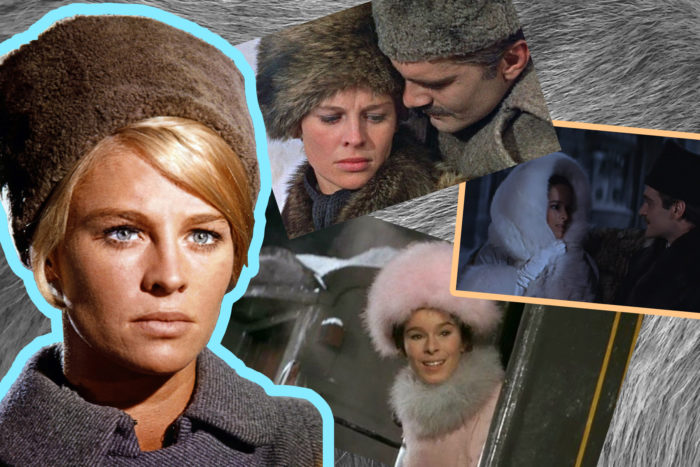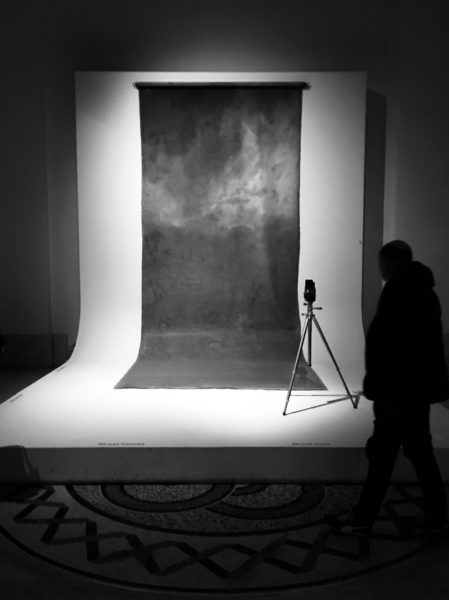Charles Joseph Guyette was a fascinating, albeit over-looked, pioneer of fetishistic art practice within the 20th century. He was primarily a costumer who designed fetish-wear specifically for burlesque, strip-tease and circus performances. Working from the 30s to the 60s, Guyette is often considered to have formed the foundation for modern fetish-wear today. In fact, his designs were deemed so scandalous that he was arrested and sent to federal prison in 1935 only to be released a year later and continue to work under various aliases. Guyette was at one point branded the ‘G-String King’ due to the popularity of his garments amongst burlesque performers, as well as being known for his shoe designs that featured 7 inch heels; a height thought to be extreme in the 30s and 40s.

Within his book, Richard Pérez Seves does an excellent job in documenting the hidden life of an extremely important man who paved the way for many fetish-wear designers in the decades to come. The popularity of Gaultier, Mugler and Dita Von Teese ultimately has its roots in the work that Guyette did in uniting the realms of fetishism and fashion to create some truly beautiful images. The book features numerous photographs of Guyette’s designs that depict the artistry and femininity behind fetish-wear as well as the inherent beauty that resides within the female form. Guyette’s burlesque pieces were made with the intentions of strip-tease and undress; each layer ultimately revealing the natural body beneath. Fetishistic clothing, while often seen as a remedy against castration anxiety, can also be seen as a celebration of the nude female figure as it places her within a position of power over her own sexuality —a position she was often barred from. This book perfectly highlights the work of a fantastic designer who needs some much-earned credit.
By Niall Billings
Further Reading:
Richard Pérez Seves, Charles Guyette: Godfather of American Fetish Art, 2017





